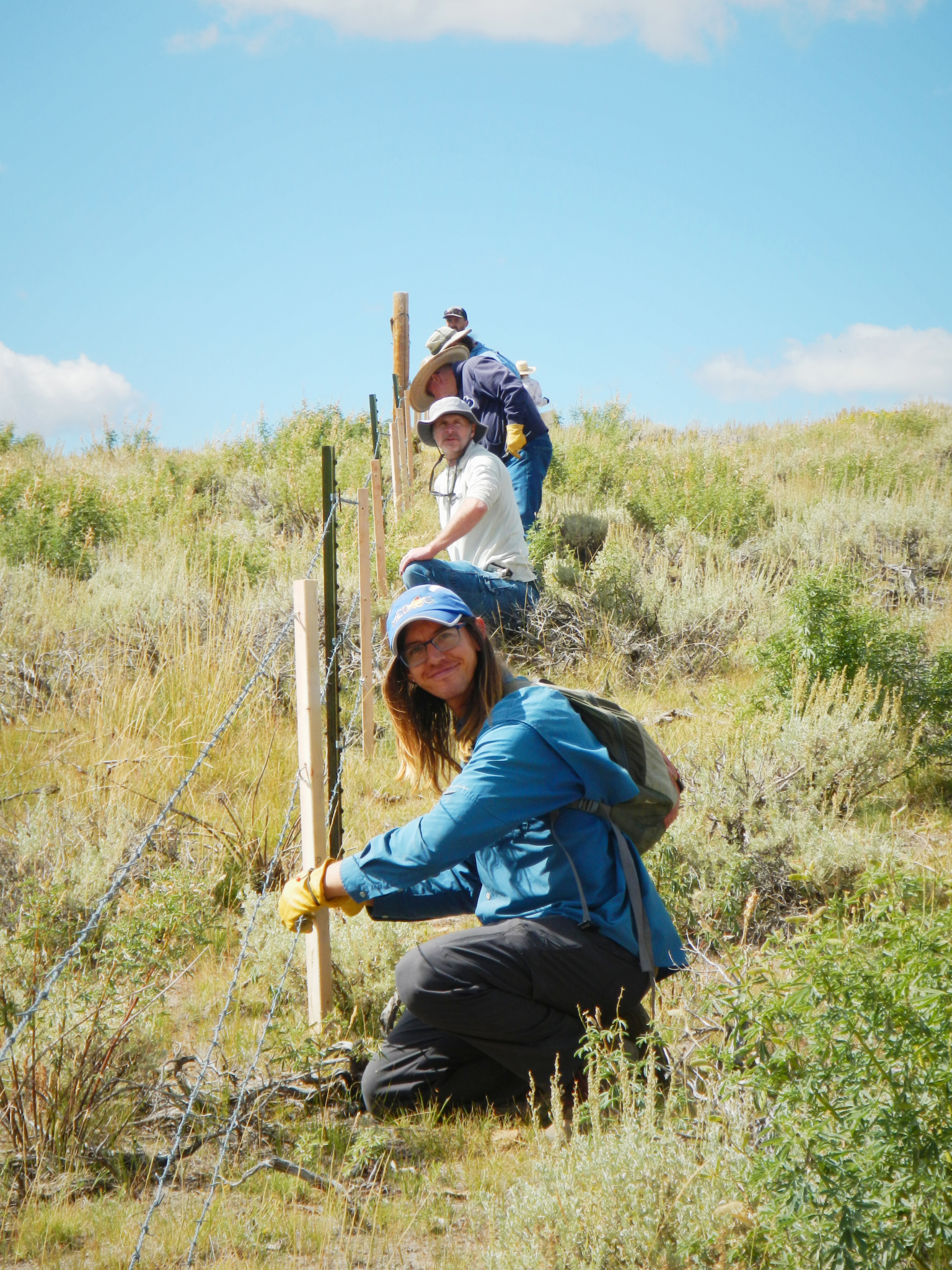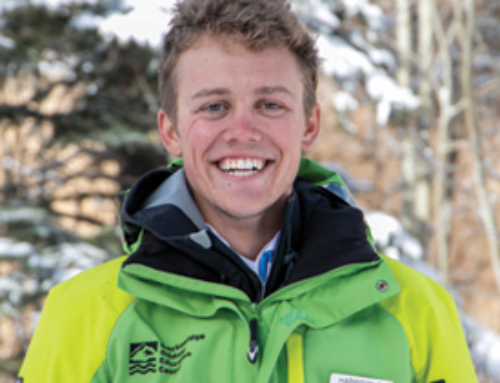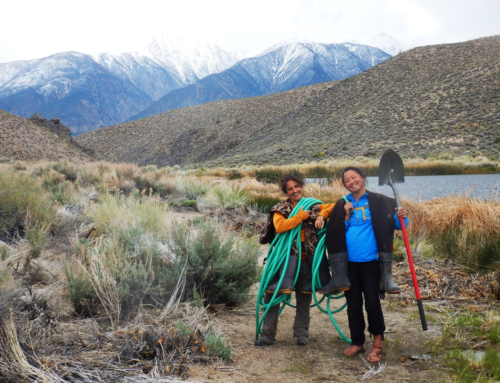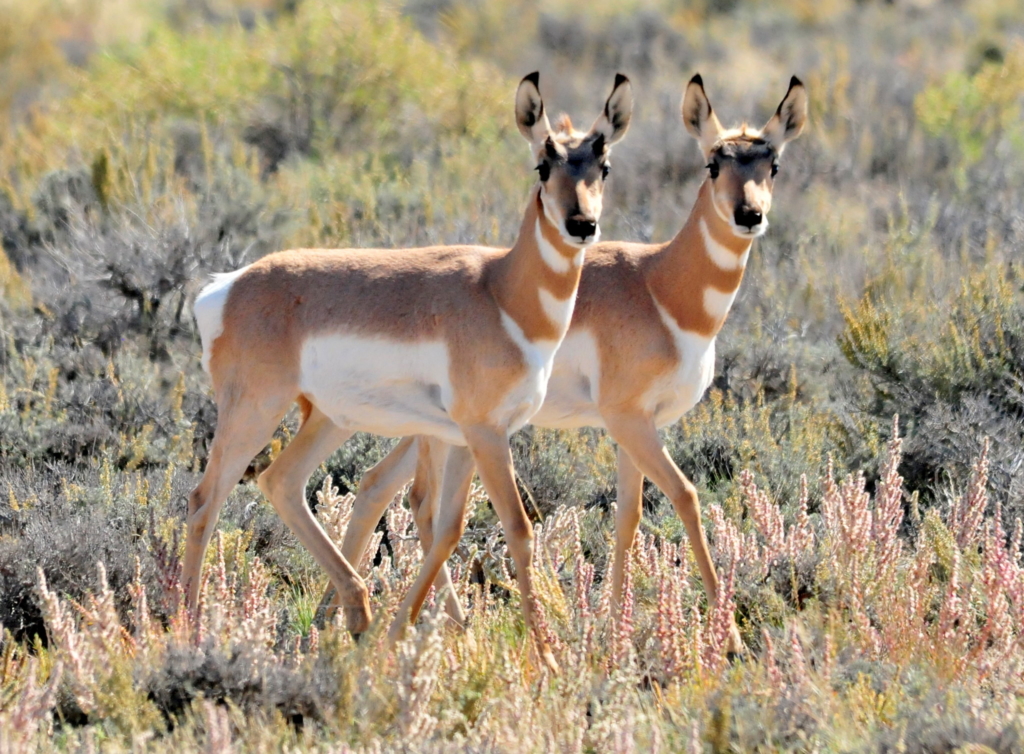
Twin Pronghorn Fawns, by Tom Koerner, USFWS
Bodie State Historic Park is one of the most scenic places in Mono County, where Eastern Sierra Land Trust does much of our land conservation work. And that’s saying something, in a county as full of beautiful places as Mono County. The ghost town of Bodie at dawn is suffused with golden light on the wooden buildings, and the dusty green sagebrush steppe seems to glow. If you are lucky, and you’re there right when the park opens, you even have a fair chance of seeing Bi-State sage-grouse in the park.
That rare species, and other animals dependent on healthy sagebrush steppe, was the reason for Eastern Sierra Land Trust (ESLT)’s recent work in the Bodie Hills. In early September, ESLT partnered with Bureau of Land Management (BLM) for two volunteer stewardship days near Bodie State Park.
Pronghorn, known fondly as “speed goats”, were a main focus of our stewardship days. (Pronghorn aren’t goats, of course, but they look a little like them, as well as looking a little like African antelope. That’s why their misnomers persist.) Pronghorn are the second-fastest land animal in the world, and the fastest in North America. They can run at speeds above 55 MPH to outrun threats. The now-extinct American cheetah (more closely related to the extant mountain lion than to the African cheetah) is probably the reason that pronghorn evolved to run so swiftly.

Photo by Sus Danner, ESLT.
Let-Down Fences Are Not A Letdown!
Today, pronghorn in the Bodie Hills face different threats some fences are a risk to their migration. To address this, BLM is modifying old fences in the Bodie Hills to make them passable and safe for wildlife to cross.
Mule deer and pronghorn need different things: mule deer jump over fences, and pronghorn dive under fences often at top speed. So we had to lower the top fence wire, for deer, and raise the bottom fence wire, for pronghorn. We also placed fence markers that will help sage-grouse see the fence wires. These markers alternate dark and light, so that whether the backdrop is vegetation, sky, or snow, the birds can see the fence.

Photo by Sus Danner, ESLT
Finally, we prepared the fence for conversion from a permanent fence to a let-down fence. Let-down fences are placed flat on the ground during sage-grouse broodrearing season, to allow the birds free rein to fly through the wet meadows of the Bodie Hills. Then, when grazing season begins, and the birds are less concentrated around the wetlands, the fence is assembled. This method of fence construction is one of the safest for wildlife, and also helps ranchers by reducing the cost of fence management. Permanent fence wires, though they seem diminutive, collect snow and can break when the weight of winter snows accumulates on them. Using a let-down fence means that there is no fence wire tension during snowfall, and the fences need less maintenance.
As we modified the fence, we noticed native flowers, archeological artifacts, hawks overhead, and sage-grouse scat underfoot. On the horizon, the parade of peaks along the Sierran escarpment and the jumble of the Sweetwater mountains. The Bodie Hills are so quiet only the susurrus of aspen leaves in the draws, the wind over the sage, and birdsong. The cattle lowing and the russet weathered wood of the Bodie townsite are reminders of the rich human history of the hills. And the generosity of spirit of the volunteers helps keep this beautiful piece of California natural and human history vibrant.
Thank you to the hardworking volunteers who wielded fencing tools, loppers, and pliers so deftly in support of Eastern Sierra habitats and wildlife.
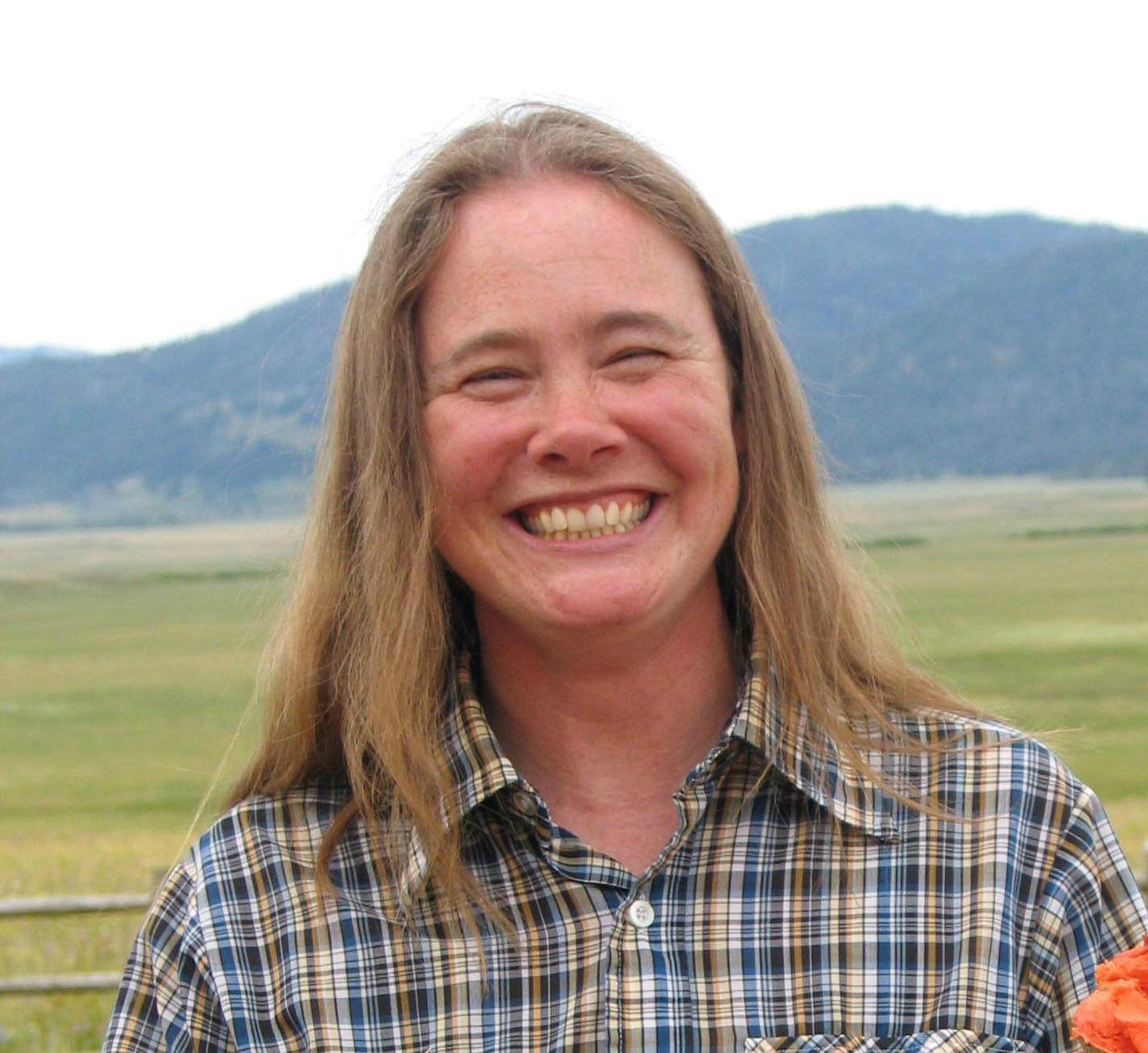
Author Susanna Danner is the Land Stewardship Program Manager here at ESLT. If you have questions or want to get in touch with her, you can email her at


